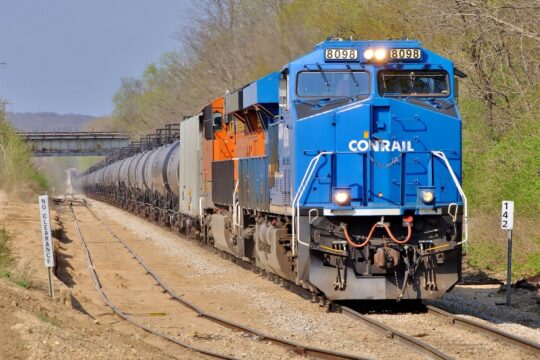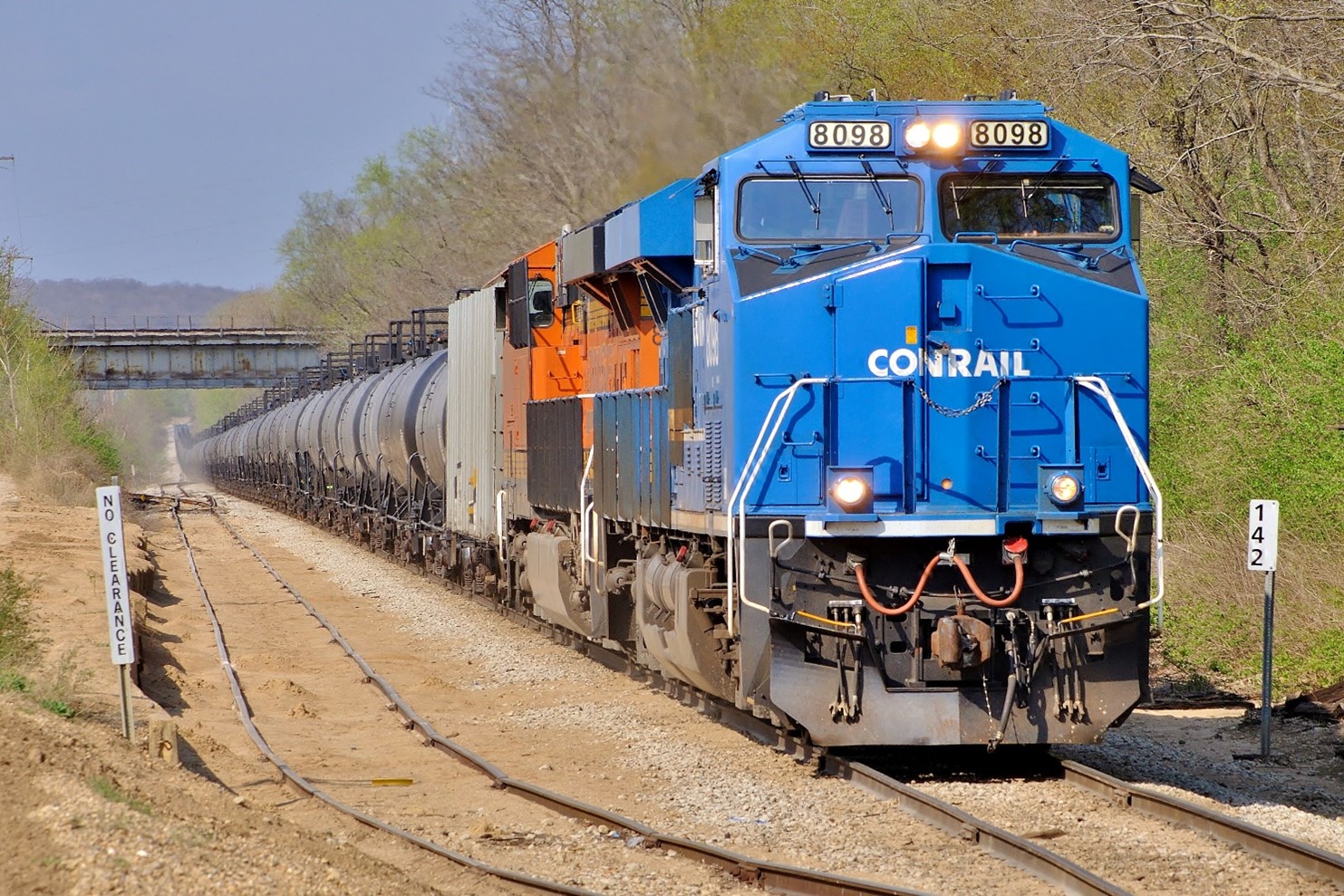
Sliding into the last week of June already! Remember how when we were kids, summer went on forever? Not so much now, so enjoy it while you can. The hot weather of July and August is right around the corner, too, so be sure those heat safety plans are in place and ready to go. The last thing any workplace needs is to have employees stricken by heat related illnesses. Let’s take a look at the week’s regulatory news, which includes a significant new final rule from PHMSA.
PHMSA
In a final rule that will greatly affect the nation’s rail carriers and how they transport hazardous materials, the agency has published new requirements amending the Hazardous Materials Regulations (HMR). It requires railroads that carry hazardous materials to generate in electronic form, maintain, and provide to first responders, emergency response officials, and law enforcement personnel, certain information regarding hazardous materials in rail transportation to enhance emergency response and investigative efforts. The rule’s genesis can likely be attributed to the events of February 3rd, 2023, when a Norfolk Southern train derailed thirty-eight cars full of hazardous materials in East Palestine, Ohio. Although deaths or injuries were mercifully absent from the incident, the subsequent evacuations, firefighting, and environmental clean-up was massive, and was additionally hampered in its early stages by a lack of information available to first responders attempting to cope with the scene.
This final rule requires railroads transporting hazardous materials to:
- generate train consist information in electronic form
- maintain that information on and off-the-train
- update that information in real-time as the consist changes (if applicable)
- provide that information to authorized first responders along the train route who could be or are involved in the response to an accident
- immediately following either an accident, the railroad operating the train must make an emergency notification telephonically and provide train consist information electronically to the primary Public Safety Answering Point (PSAP) responsible for the area where the event occurred
- test their emergency notification system at least annually
In addition to the above major requirements, the new rule spells out in detail how railroads are to accomplish testing, tracking, and recordkeeping in consonance with those requirements. The need for real time tracking and updates to train consist information may prove a significant operational challenge for some carriers. The rule is effective on July 24th. See it in full here.
OSHA
The agency published an ICR related to its standards for handling and use of Beryllium in the workplace. Beryllium is a heavy metal that can be a hazard if misused or mishandled. See the ICR information here.
FMCSA
The agency announced that it will host two virtual public listening sessions pertaining to development of an updated methodology to determine when a motor carrier is not fit to operate commercial motor vehicles in or affecting interstate commerce. The sessions are on June 25th and July 31st, 2024. Find details on how to participate here.
Labelmaster is a full-service provider of products, shipping and training software, and professional consulting services to assist the DG and HS&E professional to comply with national and international regulations. See our full line of solutions at www.labelmaster.com.



